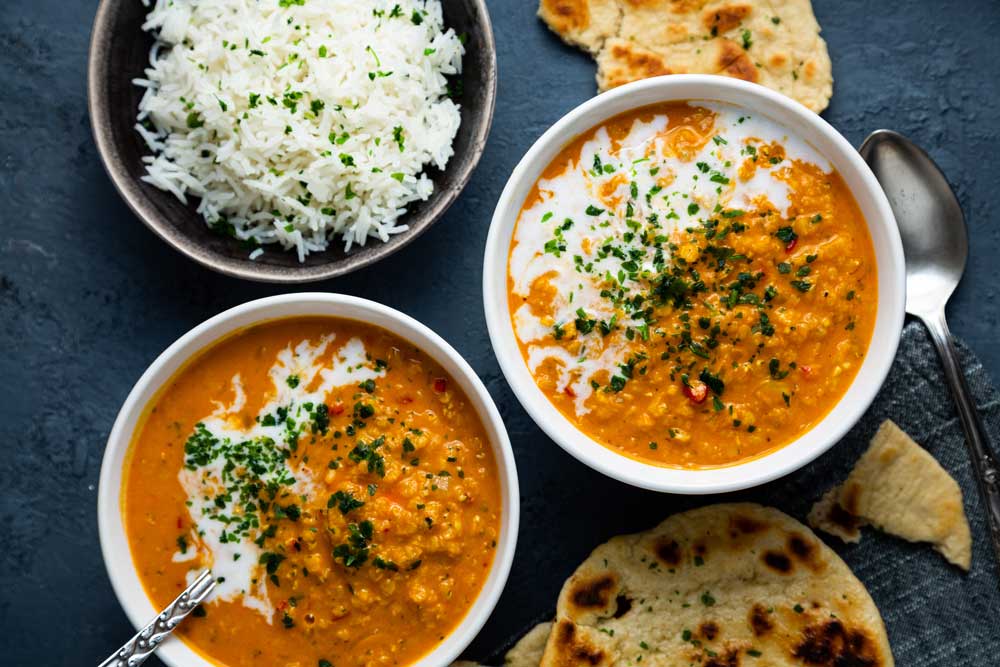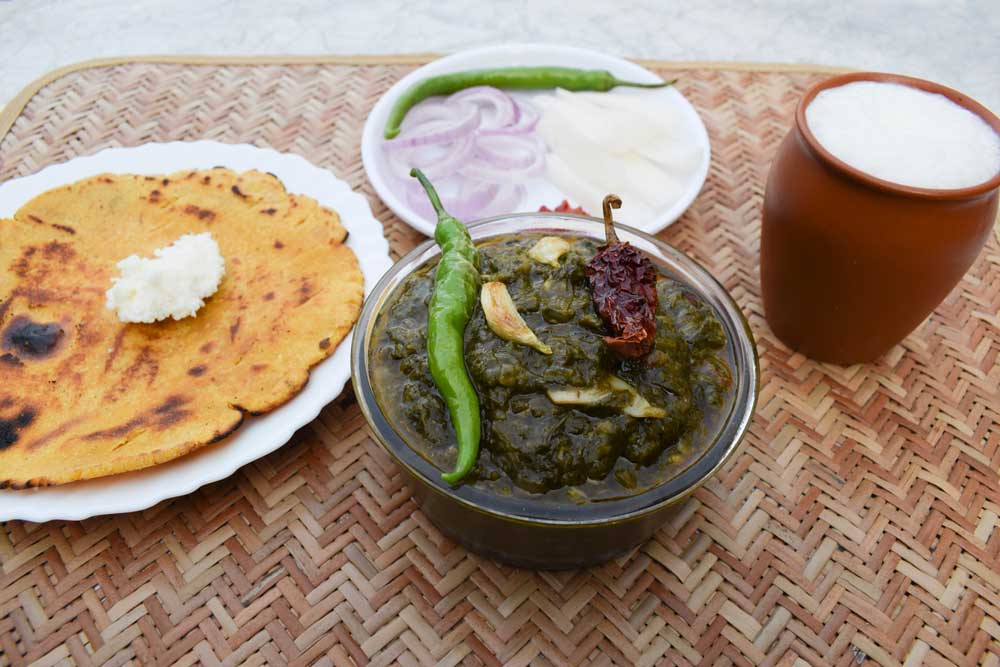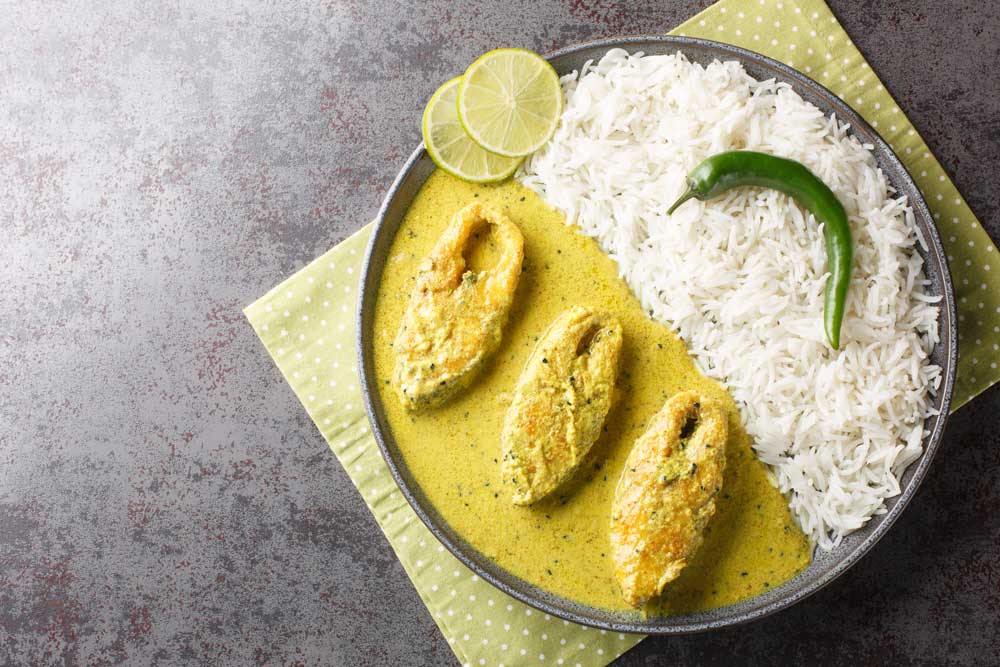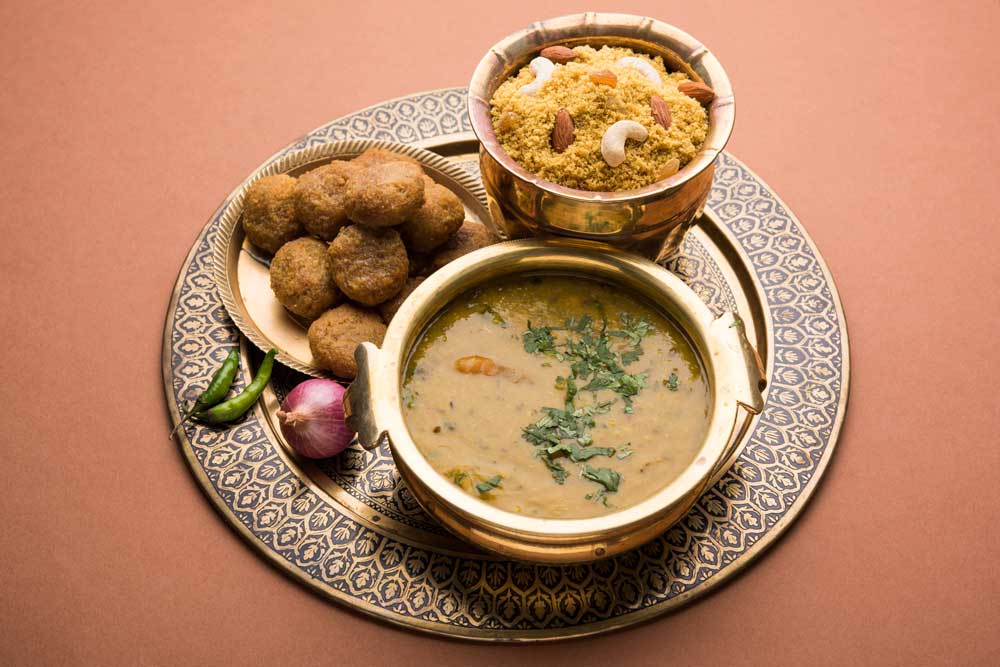In essence, comfort meals are those that make you feel warm from within. It can lift your spirits even on a bleak winter day. This is typically a single dish, rather than a complex meal. It might evoke memories, offer nutrition and energy, or simply soothe your senses. Comfort food is a highly personal choice. One person’s comfort food, may not be another’s!

Popular comfort dishes that evoke memories of childhood are khichdi and rasam. When people travel overseas to work or study, these are the first foods they learn to prepare! They tie people back to their roots and conjure up memories of celebrations and fun. The tastiest and most well-known comfort foods such as soups like makai shorba and cream of tomato soup instantly warm your body and soul, even when you're feeling under the weather or recovering from an illness.
Because of its varied geography and culture, India offers a captivating variety of comfort flavours. The culinary traditions of each region are as diverse as the nation itself, ranging from Kerala's coconut-infused delicacies to Rajasthan's royal kitchens. Let us introduce you to hearty, soul-satisfying cuisine from the North, South, East, and West of India.

Sarson da Saag with Makki di Roti
The region's agrarian culture is strongly ingrained in this traditional Punjabi meal. Sarson da Saag (mustard green curry) and Makki di Roti (cornmeal flatbread) are typically prepared in winter, particularly for the harvest celebration of Lohri. Winter crops like mustard greens offer warmth and nourishment. The gluten-free and high-fiber makki di roti goes well with the creamy saag. The Punjabi idea of enjoying life to the fullest is embodied in this dinner. Its earthy flavours, the warmth it offers during chilly winters, and its connection to communal gatherings and festivities all make it the ultimate comfort food.
Traditionally, Makki di Roti and Sarson da Saag are served together, with the saag topped with a dollop of homemade white butter or ghee. The flavour of the hot saag is enhanced as the butter melts into it. Additionally, some folks prefer to serve this meal with gur (jaggery) on the side. The subtle sharpness of the saag and the rustic flavour of the roti are wonderfully complemented by the sweetness of the jaggery. To complete the dinner, serve the dish with pickles and a glass of lassi or buttermilk.

Malabar Fish Curry
This dish, a true jewel from the Malabar coast, blends fish with coconut and aromatic spices, which are common along Kerala's shoreline. With sharpness from the tamarind, sweetness from the coconut milk, and fire from the chilles, the curry has a distinct character. 'Kudampuli', also known as Malabar tamarind, is used to lend a tart taste to the curry. It is typically eaten with rice or tapioca, and the fiery, acidic flavours balance the humid weather. A staple protein in coastal diets, fish gives the meal a feeling of wholesomeness.
In order to balance the curry's sour and spicy flavours, the Malabar fish curry is best enjoyed hot over a bowl of boiled rice. It is typically served in Kerala with a dish of crispy papadum and a side of a vegetable stir-fry, or ‘thoran.’ As the fish gradually absorbs the flavours of the spices, this curry tastes even better the next day!

Shorshe Ilish (Hilsa with Mustard Sauce)
In Bengali culture, Hilsa is regarded as the fish's queen, and Shorshe Ilish is proof of that. The focal point of numerous traditional customs, such as the Bengali New Year, is the highly prized Hilsa fish. One of the most common ways to eat this fish is Shorshe Ilish. Here, Hilsa is cooked in a strong mustard-based sauce. A simple yet elegant dish is produced by combining the distinct flavour of the fish with the pungency of mustard. Since Hilsa is abundant during the monsoon season and adds warmth and joy to rainy days, the meal is considered comfort food.
Traditionally, Gobindo Bhog or other warm, fragrant, short-grained rice is eaten with Shorshe Ilish. Drizzled over the rice, the Shorshe Ilish's mustard-based curry makes for a delicious mix. To counterbalance the mustard's sourness, squeeze some fresh lime over the dish. Bengali specialities like Begun Bhaja (fried eggplant) or a mild moong dal are frequently served with this dish. For those who like a little more spice, a green chilli is usually served on the side.

Dal Baati Churma
Originating in Rajasthan's dry region, Dal Baati Churma is a filling dish that provides both nourishment and satisfaction. Traditionally, camel or cow dung is used to roast the baati, a hard, unleavened bread fried in ghee, giving it a smoky flavour. A variety of lentils are cooked with different spices to make the dal. Crushed baatis are combined with sugar and ghee to make the sweet dish known as churma.
With its crunchy baati, spicy dal, and sweet churma, the entire dish is a deft blend of flavours and textures. It is associated with celebrations and in spite of the roughness of the ingredients and cooking technique, yields a delicious and homely dinner. That’s why this three-in-one feast is the ideal comfort dish in Rajasthan. After being crushed and dipped in the dal, the baatis become softer and absorb the flavour. You can break the baatis and serve them dipped in dal, with a squeeze of lime and some fresh coriander garnished on top. Usually consumed as a dessert after the savoury dal baati, the churma is a sweet meal. Some people prefer to eat it with dal baati. A cool bowl of yoghurt salad or raita might be served alongside the meal to enhance its flavours, as can a side dish of tart pickles.